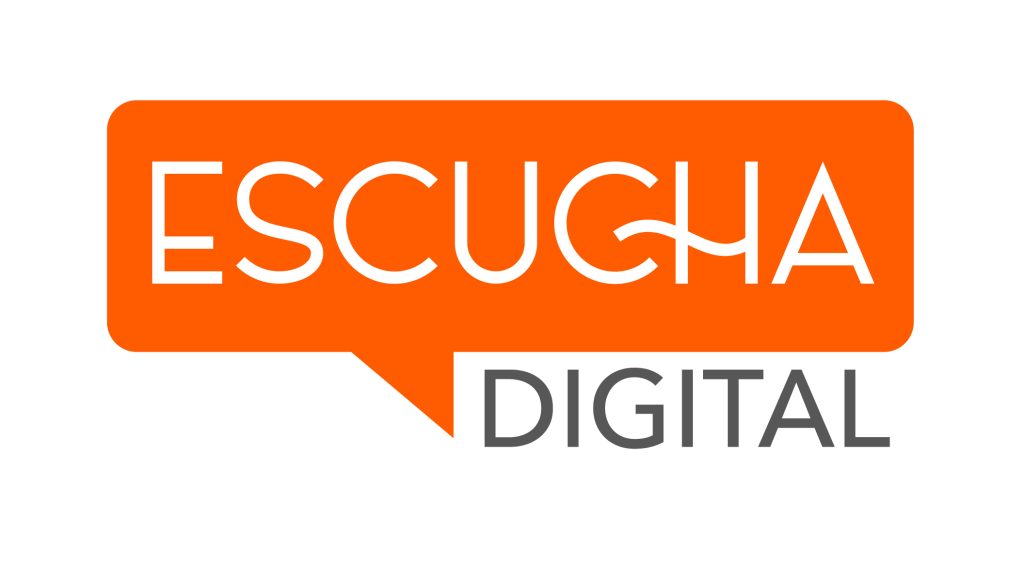Upgrading to a paid membership gives you access to our bad debt recovery definition extensive collection of plug-and-play Templates designed to power your performance—as well as CFI’s full course catalog and accredited Certification Programs. Sometimes, people encounter hardships and are unable to meet their payment obligations, in which case they default. When it comes to large material amounts, the allowance method is preferred compared to the direct write-off method.
However, if the calculated provision is lower, the journal entries will include the following. It may happen for several reasons, for example, the customer going through liquidation or bankruptcy. Double Entry Bookkeeping is here to provide you with free online information to help you learn and understand bookkeeping and introductory accounting. In addition, the creditor could have a lien on an asset belonging to the debtor, i.e. the debt was collateralized as part of the financing arrangement. In order words, the approximated figures must be backward-looking and forward-looking, with management remaining conservative per the prudence principle with regard to how effective their operating adjustments will be.
Now that you know how to calculate bad debts using the write-off and allowance methods, let’s take a look at how to record bad debts. The accounting for writing off bad debts depends on the method companies use to record them. Unlike the allowance method, the company only records bad debt expense when they determine a particular account to be uncollectible.
For example, company XYZ Ltd. decides to write off one of its customers, Mr. Z as uncollectible with a balance of USD 350. Get instant access to video lessons taught by experienced investment bankers. Learn financial statement modeling, DCF, M&A, LBO, Comps and Excel shortcuts.
How is the Written Off Bed Debt Affect the Statement of Cash Flow?
This method doesn’t attempt to match bad debt expense to sales revenue in the income statement. Likewise, the direct write-off method does not conform to the matching principle of accounting at all. As a current portion of long term debt result, a bookkeeping entry must be prepared to adjust the balance sheet and income statement.
What is the Accounting for Written Off Bad Debts?
- In contrast, they must also directly reduce the accounts receivable balance on the balance sheet.
- However, it is not the same as bad debts, which usually come from the direct write-off method.
- The company should estimate loss and make bad debt expense journal entry at the end of the accounting period.
- In this post, we’ll further define bad debt expenses, show you how to calculate and record them, and more.
- To estimate bad debts using the allowance method, you can use the bad debt formula.
Situation 1 – No adjustment is made when bad debts are included in the trial balance. Without such adjustments being made during the preparation of financial statements, the numbers shown in the firm’s final accounts will not be accurate. When you write off bad debt, you simply acknowledge that you have suffered a loss. Written-off bad debt is not directly affected the statement of change in equity directly. However, a statement of change in equity, taking into account net profit or losses during the year, is taken from the income statement.
Everything You Need To Master Financial Modeling
There are two popular methods for performing the write-off; the allowance method and the direct write-off method. Each technique has advantages and gives users of financial statements insight into a company’s financial position. Recording bad debts is an important step in business bookkeeping and accounting. It’ll help keep your books balanced and give you realistic insight into your company’s accounts, allowing you to make better financial decisions. However, bad debt expenses only need to be recorded if you use accrual-based accounting.
However, this balance also decreases when customers cannot repay their balance. These instances are common for companies that provide credit terms to customers for their sales. Contrary to customers that default on receivables, debt tends to be a more serious matter, where the loss to the creditor is substantially greater in comparison.
Time Value of Money
It represents the amount that is required to be in the allowance of doubtful accounts. However, if there is already a credit balance existing in the allowance of doubtful accounts, then we only need to adjust it. Based on the company’s historical data and internal discussions, management estimates that 1.0% of its revenue would be bad debt.
However, many companies still use the direct write-off for small amounts. For most companies, the better route is to improve their collection processes internally and implement the right procedures to reduce such occurrences. In the latter scenario, the customer might never have had the intent to pay the seller in cash. While some might view it as overly conservative, it reduces the chance of steep losses that were unexpected.
Also called doubtful debts, bad debt expenses are recorded as a negative transaction on your business’s financial statements. A bad debt can be written off using either the direct write off method or the provision method. The first approach tends to delay recognition of the bad debt expense.
For example, in one accounting period, a company can experience large increases in their receivables account. Then, in the next accounting period, a lot of their customers could default on their payments (not pay them), thus making the company experience a decline in its net income. When expensing bad debt from a customers account or cost of goods sold, the journal entry should be prepared using a method consistent with U.S. Remaining consistent will enable investors, owners and management to accurately monitor bad debt and its impact on the bottom-line. In accounting, the bad debt expense emerges from customers that purchased a product or service using credit as the form of payment, rather than cash, yet are unable to fulfill their obligations to eventually pay in cash. Establishing an allowance for bad debts is a way to plan ahead for uncollectible accounts.
